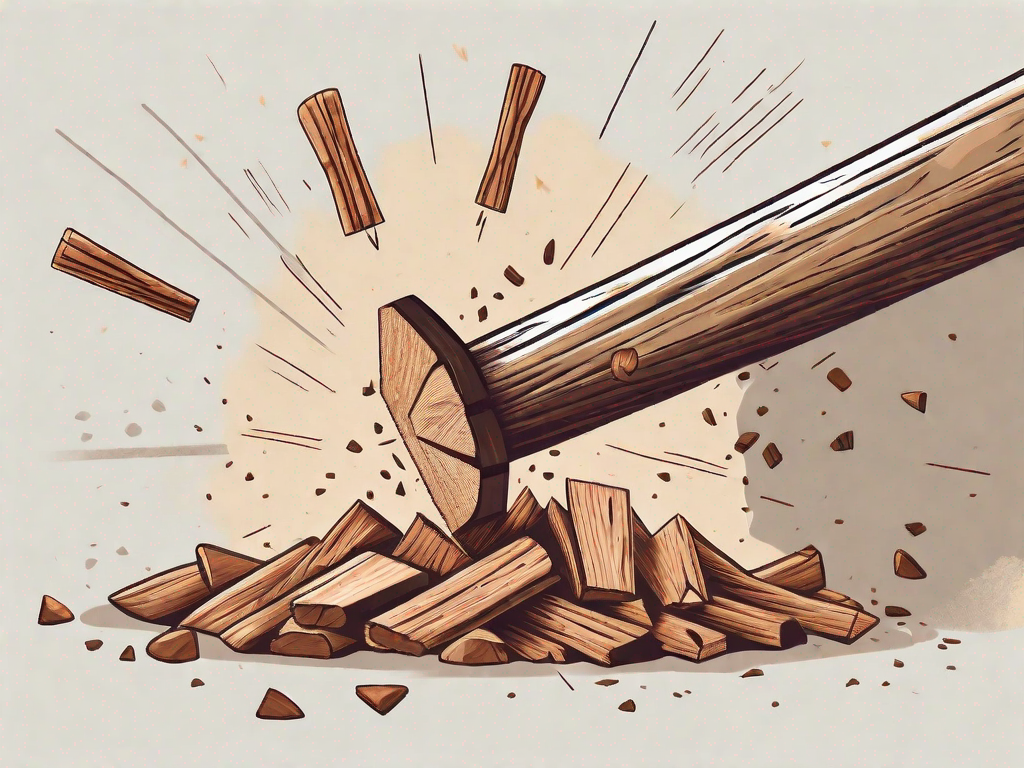The four parameters for good water balance
With proper water treatment, you'll keep your pool clean and clear, and protect your pool guests from dirt and bacteria. With proper water balance, you'll also prevent corrosion and make your pool components last longer. For proper water balance, these four parameters are important:
The chlorine content
Swimmers add all sorts of things to your pool water: sweat, sunscreen, dust, make-up remnants... All things that a filter has trouble processing. Without disinfection, your water quickly becomes an ideal breeding ground for microbes, algae, fungi, bacteria and viruses. Chlorine is the ideal disinfectant.
The acidity (pH value)
The acidity affects the action of chlorine. When the pH is too high, the chlorine will not work as efficiently. With pH levels too low, the water becomes too acidic and metal objects in the water (stairs, lights) and grouting can suffer damage.
The alkalinity
Alkalinity acts as a pH buffer. It helps to prevent spikes in pH levels. With poor alkalinity, pH levels can become unstable, making measuring and improving water balance very difficult.
Chlorine stabilizer (or cyanoic acid)
Cyanoic acid helps to prolong the action of chlorine. This only works if you use stabilized chlorine tablets or chlorine powder. Cyanoic acid allows you to add less chlorine. But chlorine stabilizer also has a drawback. If the cyanoic acid level becomes too high, it will completely block the action of chlorine.
Domino Effect
These four parameters constantly interact and form a kind of domino effect. For example, if the pH, chlorinity and stabilizer levels are good, but the alkalinity is not, the pool water will not be stable. With the necessary products, you bring your water back into balance. Those chemicals are not bad for your health, as long as you keep an eye on the dosage.
An automatic dosing system for chlorine and pH already takes a lot of your worries away. Still, even here it is necessary to check weekly that the canisters of chemicals are still filled and to periodically check pH levels, chlorine levels and alkaline levels.
Water quality testing
Knowing what's in your water is the first step to a perfect water balance. Therefore, test your water regularly (weekly at least once, but ideally two to three times) using an Aquachek test strip or Hanna digital tester. The more the values deviate from the ideal value, the more it is inadvisable to go into your pool.
Do chemicals keep all bacteria out of the water?
Chlorine does indeed serve to fight bacteria in the pool. But when sweat, dirt or urine gets into the water, the chlorine will break down those things first, not the bacteria. So it's best to avoid getting dirt into your pool as much as possible.
Some tips:
- Do not go in the water when suffering from diarrhea
- Take a short shower (without soap) before entering the pool. This way you remove all the dirt and the action of the products becomes much more effective
- Avoid body fluids, such as urine, in the pool
- Do not swallow water
Chlorine smell: a good sign?
A healthy pool does not have a strong chlorine odor. In fact, the typical chlorine smell is more indicative of chlorine mixing with urine. So not a good sign. It is also because of this that you get red (bloodshot) eyes or a runny nose or that you start coughing.
Measuring is Knowing
There are several tools on the market to measure your water quality. One constant is that you should never measure in the sun.
- AquaChek strip: compare values using a color chart
- AquaChek Truetest: read values digitally
- Hanna Photometer: measures values even more precisely
What to do at what values?
Chlorine stabilizer:
- Very low: add CTX-400 Stabilizer.
- Less than 50: Reuse existing pool water and switch to CTX-120 non-stabilized chlorine granules if necessary
- Over 300:
- Empty and clean your pool with CTX-50 and refill with fresh tap water. Add the necessary dose of anti-calcium.
- Re-test and adjust as needed
Alkaline values:
Add AlkaPlus at values lower than 80. Set the six-way valve to Circulate and turn off automation if necessary. Use 180gr/10m³ to increase the alkaline value by 10. Add product every three to four hours until you reach values 100 to 120. Then test your pH levels. If it is still too low, bring it up to 7.2 with pH-plus.
Acidity (pH):
The ideal value is 7.2 (greater margin is 7.0 to 7.6). Measure the acidity in the morning. Then the sun does not affect the water.
- Reduce pH when pH value is too high: dosage: 150gr/10m³ to reduce 0.2 with pH-min
- Increase pH when pH is too low: dosage: 150gr/10m³ to increase 0.2 with pH-plus
If all values (pH, chlorine and stabilizer) are in order, and if the water temperature is above 10°C, only then should you add chlorine.
Chlorine content:
Only when the acidity (pH) is up to par can you regulate chlorine levels. Chlorine sterilizes the water and kills microorganisms, such as algae and bacteria. The ideal value is between 1 and 3 ppm.
Adjust the chlorine level with a chlorine blast (dosage 100g/10m³). Dissolve the amount of chlorine granulate/powder and pour the mixture into the skimmer with the six-way valve set to Circulate.
Chlorine levels are maintained with chlorine tablets (1 per 30m³). Place the tablets in the skimmer basket or in a floating chlorine holder. For regular maintenance, you may add 50g/10m³ of chlorine powder every two days. Adjust according to your measurement.
The above quantities of products to be administered are given without obligation in accordance with the manufacturer's instructions. Always check the instructions for use and regulations of the products you use to treat your water. Contact us for more detailed information.





